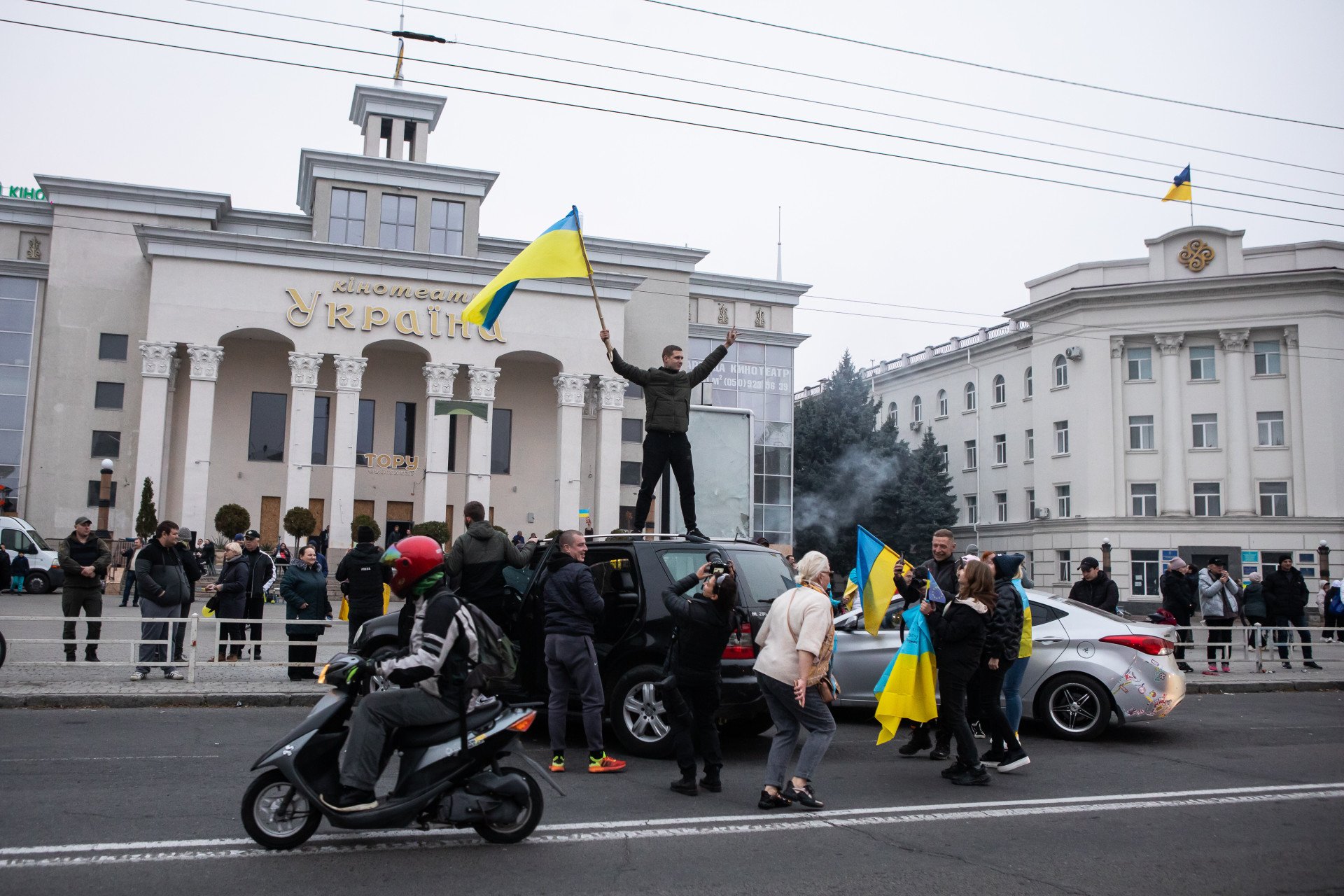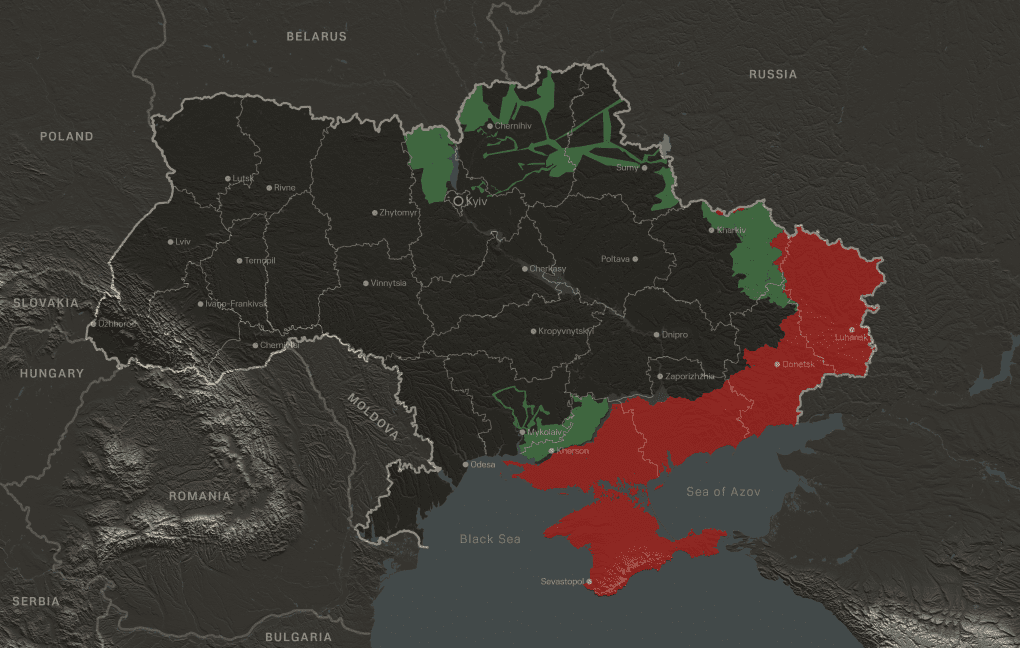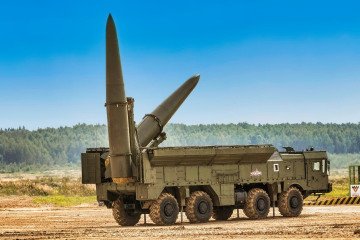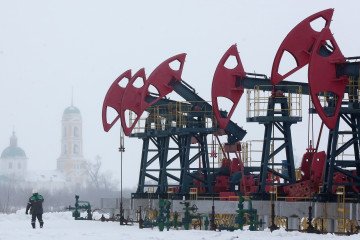- Category
- War in Ukraine
Ukraine Was Supposed to Fall in 72 Hours. It’s Been 1,097 Days—and Counting

Russia’s blitzkrieg, meant to crush Ukraine in days in February 2022, has dragged into a grueling war that’s draining Moscow’s economy, costing nearly a million soldiers, and exposing the cracks in its so-called “second-best army in the world.” Ukraine is the reason why.
2024 has been a brutal year for Ukraine. It lost two key cities—Avdiivka and Vuhledar. Russian forces pushed several dozen kilometers deeper into the Donetsk region, nearing the strategic stronghold of Pokrovsk. But those gains came at a staggering cost—best measured in numbers, not words.
In 2022 and 2023, Russia lost 409,000 soldiers killed or wounded. By February 24, 2024, that figure had more than doubled, reaching nearly 870,000 casualties.
More telling is this fact: after three years of full-scale war—losing 10,000 tanks, 370 aircraft, dozens of ships, and a submarine—Russia has still failed to fully capture the Donetsk and Luhansk regions. With nearly a million casualties and another 600,000 soldiers currently on the front lines, the army that once branded itself as the world’s second most powerful has been halted by a country with fewer troops, aircraft, tanks, artillery, and resources.
This is Europe’s largest war since World War II. But can it truly be compared to the wars of the past? Hitler’s blitzkrieg saw Europe fall in less than a year. When the Third Reich invaded the Soviet Union, it controlled Kyiv by September 1941, the entirety of Ukraine by year’s end, and was already attacking the outskirts of Moscow—forcing the Soviet elite to flee en masse. Stalin ultimately defeated Hitler’s army at the cost of tens of millions of lives, with the Soviet Union suffering among the highest casualties of any WWII participant.
In this regard, Putin shares one trait with Stalin: a willingness to sacrifice enormous numbers of soldiers. Yet that’s where the similarities end. Ukraine has successfully defended key cities like Kherson, Kharkiv, Chernihiv, and Sumy, preventing Russian forces from approaching the Dnipro and Zaporizhzhia. Kyiv remains far beyond Moscow’s reach.
By standing firm against nuclear power, Ukraine has done more than just resist the Russian onslaught—it has pushed back. In March 2022, Russian forces occupied parts of Sumy, Kharkiv, Chernihiv, and Kyiv regions, as well as the city of Kherson.
Yet through coordinated military operations, supported by its allies, Ukraine has liberated over 42,000 square kilometers of territory. In other words, Russia was forced to retreat from areas where it believed it had come to stay.

This is unprecedented. Unlike in Transnistria, South Ossetia, or Abkhazia—regions still under Russian control—Ukraine has successfully expelled Russian troops from parts of its territory. With sustained support from its allies, it is entirely realistic for Ukraine to achieve its remaining objectives, whether militarily or diplomatically, compelling Russia to halt its aggression. Ukraine has already proven capable of achieving what was once thought impossible.
Perhaps the most important lesson Ukraine has demonstrated to the world over the past three years is not only its strength and resilience—but that Russia is a “paper tiger.” Its army is large but poorly trained. Its modern tanks exist mainly for parades, and its so-called “unparalleled” missiles are often intercepted by air defense systems developed decades ago. Even Russia’s air defense systems, once a source of national pride, have proven vulnerable: Ukrainian long-range drones have struck 80% of the country’s largest oil refineries, while others remain untouched only because they are beyond Ukraine’s current range. Russian military technology relies heavily on Western components, and its economy resembles the Soviet era—incapable of producing what its people need. Western car brands have left the Russian market due to sanctions, replaced by Asian imports rather than domestic alternatives.
Over the past three years, Russia has officially spent more than $100 billion on its war against Ukraine. Unofficially, the figure is even higher—an estimated additional $250 billion, funneled through hidden loans. The National Wealth Fund has shrunk dramatically, and its liquid assets have vanished. A staggering amount of resources has been poured into a war that Putin cannot win.
And he won’t—if the civilized world stands united against him. History has taught us this lesson well. We remember the consequences of the 1938 Munich Agreement. It would be a grave mistake to repeat that history in 2025—whether in Munich, Saudi Arabia, or elsewhere. Dictators must be stopped. Ukraine is doing exactly that on its soil, as it has for centuries—serving as a shield for Europe against both nomadic invaders and uninvited guests from the Kremlin.
Now, the world must choose the right side.
-29a1a43aba23f9bb779a1ac8b98d2121.jpeg)
-6359eca46c72bde40a90abaaadd6eaa8.png)


-206008aed5f329e86c52788e3e423f23.jpg)
